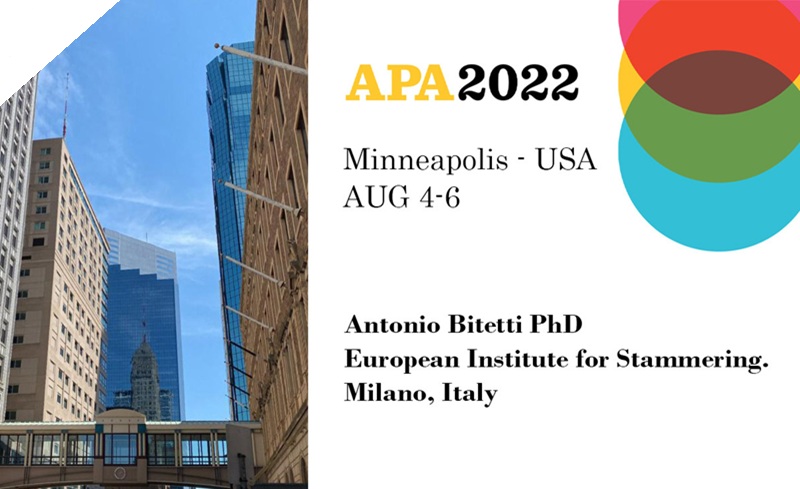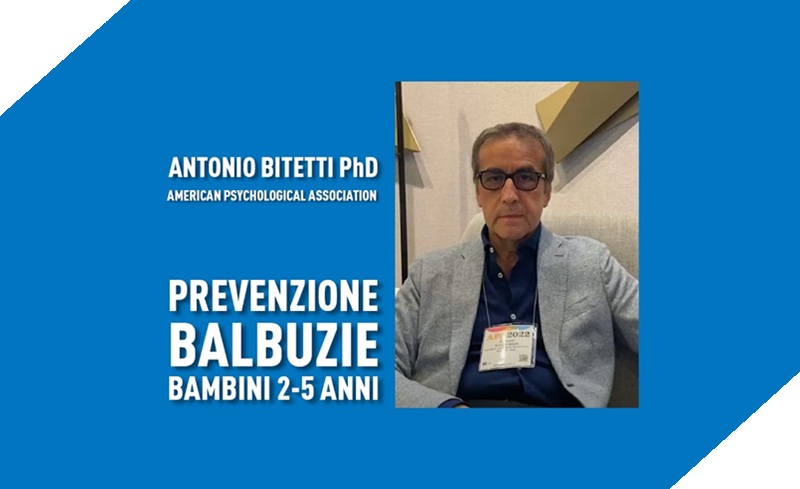Stuttering and Dyslexia: Symptoms and Treatment
The two pathologies, both in Italy and in the world, are much more common than you might think.
Dyslexia is a pathology that involves difficulties in language and in the ability to read and write. In Italy it affects about one and a half million individuals and, in the world, between 5 and 15% of the population. In the onset of the disease there seems to be a genetic involvement. This is the conclusion presented in April 2003 by Juha Kere of the University of Helsinki.
A gene mutation has been identified that occurs in 10% of dyslexics and only in 2-3% of healthy subjects. Dyslexia manifests itself in the first years of school: learning difficulties, difficulty in reading and writing continuously and fluently. The dyslexic child is often able to read, but cannot do so continuously, which makes learning more difficult.
Dyslexia and Stuttering: Differences
Stuttering and dyslexia are often confused or considered synonymous.
In this article, we will talk about the differences in symptoms and therapies in different pathologies.
Dyslexia
The word dyslexia is the union of two words “dis” which means missing and “lexis” which means language. Therefore, this term of Greek origin can be translated as missing language.
Only in the last century did a clinical and detailed description of this pathology appear for the first time, thanks to Hinshelwood who wrote an entire treatise on a case of a boy affected by this deficit. Before then, everyone considered this problem in relation to the field of language understood as an impossibility in linguistic production, more often linked to mental retardation.
The person who suffers from dyslexia has a lower speed and accuracy in reading aloud and in writing, compared to other subjects of his age. Reading words and brands seem deficient. It is a specific learning disorder, therefore, we speak of DSA.
In Italy it affects about one and a half million individuals.
Perceptual and acoustic-motor process
It is commonly said that the child confuses the letters; in reality, when it comes to confusion of letters similar in sound, the child confuses the sounds and consequently also the letters. In fact, each language has sounds that are very similar to each other. In Italian for example c-g, p-b, t-d, etc. To associate a letter with a sound or phoneme, you need to know how to distinguish the phonemes from each other. The normal subject does it easily, in some dyslexic subjects however, there may be a deficiency from this point of view.
That is, he has difficulty in perceiving a sound through the proprioceptive movements of the phonatory apparatus.
In these cases it is difficult to analyze in a clear and precise way the sounds that characterize the language, and to correctly grasp the system of their graphic reproduction.
Symptoms of Dyslexia
The symptoms of dyslexia concern the difficulty in recognizing letters, spelling symbols, rules for converting graphemes to sounds and in automatically constructing individual sounds into words. Dyslexic children therefore struggle to acquire fluent and fluent reading. The reading process remains slow and tiring even as schooling progresses. However, it is possible to develop one’s reading skills, even in the case of a serious starting situation.
Educational treatment of dyslexia
As regards treatment, it is advisable to take into account an education of verbal expression. Therefore, it is advisable to proceed with a visual-motor check and evaluation and progressively with rhythmic education for the acquisition of temporo-spatial structures. Furthermore, it is necessary to educate to acquire automatism in reading and in understanding the text. If it is a very structured dyslexia, it is necessary to focus on integrative teaching systems, to avoid that an inappropriate teaching method causes the worsening of dyslexia. However, it is necessary to act with care and professionalism, to avoid that the dyslexic child feels different from others.
Stuttering
At the beginning we said that many people tend to confuse dyslexia and stuttering. Previously we talked about dyslexia, reading this part dedicated to stuttering, you will notice the differences.
It is a problem with profound psychological implications, in fact, before speaking, the stutterer is seized
by anxiety that can only aggravate his defect. There is no right synergy between thought and word and this derives from the control that the stutterer exercises on his language, a mechanism learned in the early stages of the onset of the disorder.
The stutterer is blocked in words, in the fluid emission of his language, but is equally blocked in general in the ability to live his energies in a genuine way. The stutterer also learns to control the word. In fact, unlike the normal speaking person who pays attention to the content, the stutterer does exactly the opposite.
Being insecure about his verbal performance, he acts precisely in the direction of what he realistically should not do, that is, control his word.
To stop stuttering, the stutterer must overcome his fears, feel strong towards others and above all, learn to feel good about himself. There is no remedy for not stuttering, understood as the use of a method. Any method, only temporarily eases the problem, which will reappear when the support technique is abandoned.
The best time to treat stuttering children is between the ages of 3 and 5, preferably at least a year before starting school.
These are just a few tips, for more information contact us.
You might be interested in:
stuttering;
psychological meaning of stuttering;
famous stutterers.



